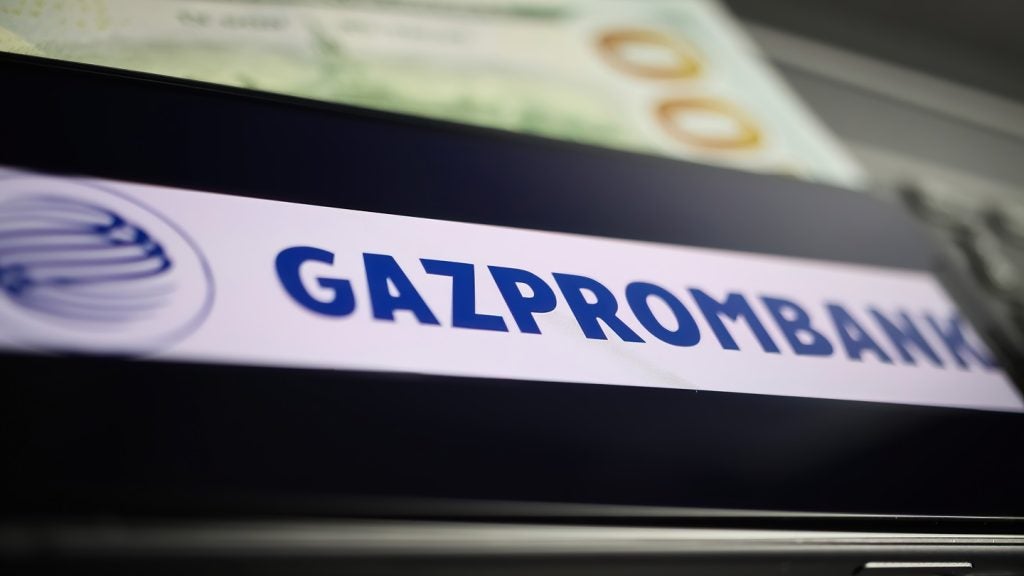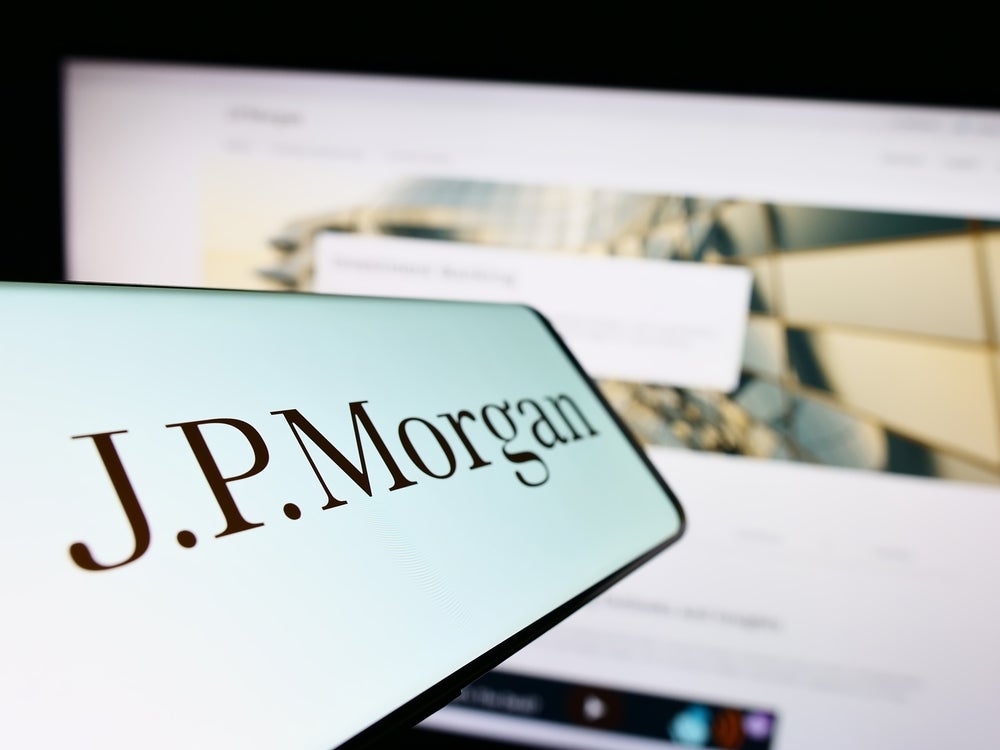China UnionPay had 11 patents in mobile during Q3 2023. China UnionPay Co Ltd has filed three patents during Q3 2023.
The first patent is for a card management method that involves sending card authentication information to a server, receiving card type and dedicated card information from the server, and loading the dedicated card information onto a security element for transaction verification.
The second patent is for a method of binding a card, which includes obtaining a user identifier and secure element identifier, sending the user identifier to an authentication server to search for bound cards, receiving card information from the authentication server, and sending a binding request to a card issuing server to bind the card information to the user identifier and secure element identifier.
The third patent is for a transaction method that allows users to make payments by sending and receiving rich media messages without installing multiple payment applications, providing convenient operation. GlobalData’s report on China UnionPay gives a 360-degreee view of the company including its patenting strategy. Buy the report here.
China UnionPay grant share with mobile as a theme is 55% in Q3 2023. Grant share is based on the ratio of number of grants to total number of patents.
Recent Patents
Application: Card management method, user terminal, server, card management system and storage medium (Patent ID: US20230237478A1)
The patent filed by China UnionPay Co Ltd describes a card management method, user terminal, server, card management system, and storage medium. The method involves sending a card binding message to a server, which includes card authentication information of a card to be bound. The server determines the card type and allocates dedicated card information, including a card transaction identifier. The dedicated card information, along with matching universal personalization data, is loaded onto a security element. This allows for transaction verification of the bound card using the dedicated card information and matching universal personalization data.
The method also includes additional features such as performing transaction verification for multiple cards with the same card type, setting the life state of the bound card to a valid state, generating or updating a mapping relationship between the dedicated card information, card type, and life state, synchronizing the life state and mapping relationship with the server, and sending card binding, deleting, and default card selection messages to the server.
The user terminal described in the patent includes a security element that stores first-type and second-type universal personalization data. It also includes a sending module to send the card binding message to the server, a receiving module to receive the card type and dedicated card information from the server, and a processing module to load the dedicated card information onto the security element for transaction verification.
The patent also covers a computer storage medium that stores computer program instructions to perform the card management method described in the claims.
Overall, the patent describes a method and system for managing cards, including authentication, binding, verification, and synchronization processes, using a user terminal and server communication. The invention aims to enhance card management and transaction security.
To know more about GlobalData’s detailed insights on China UnionPay, buy the report here.
Data Insights
From

The gold standard of business intelligence.
Blending expert knowledge with cutting-edge technology, GlobalData’s unrivalled proprietary data will enable you to decode what’s happening in your market. You can make better informed decisions and gain a future-proof advantage over your competitors.







